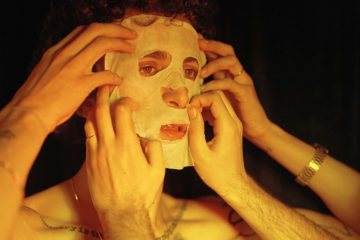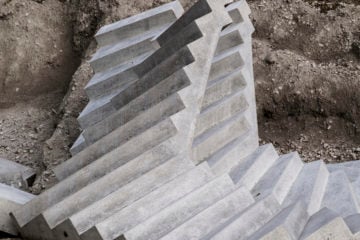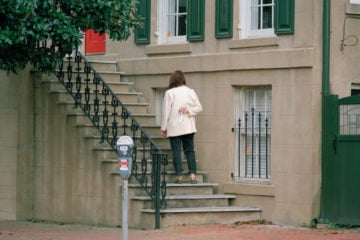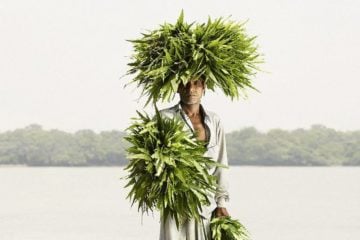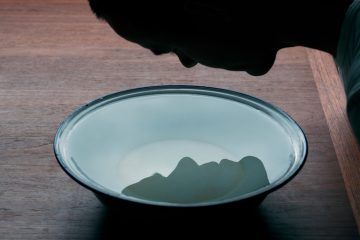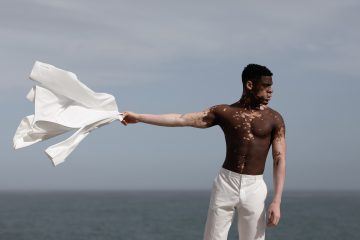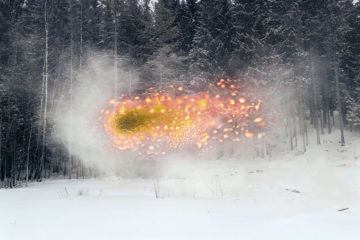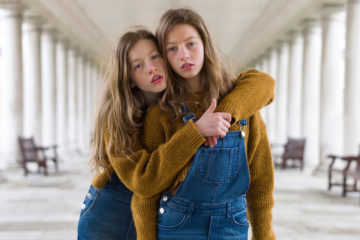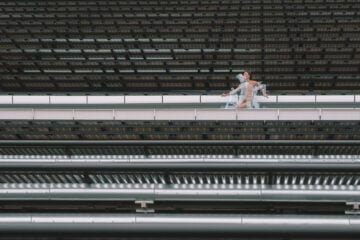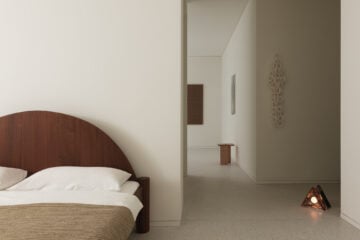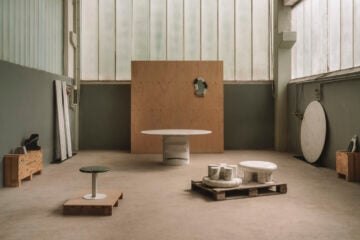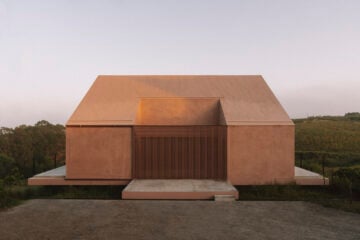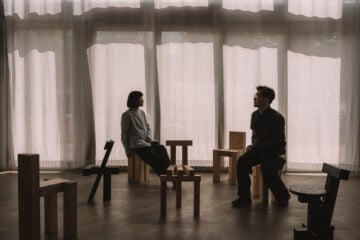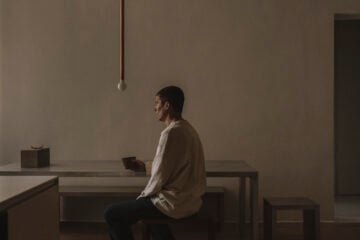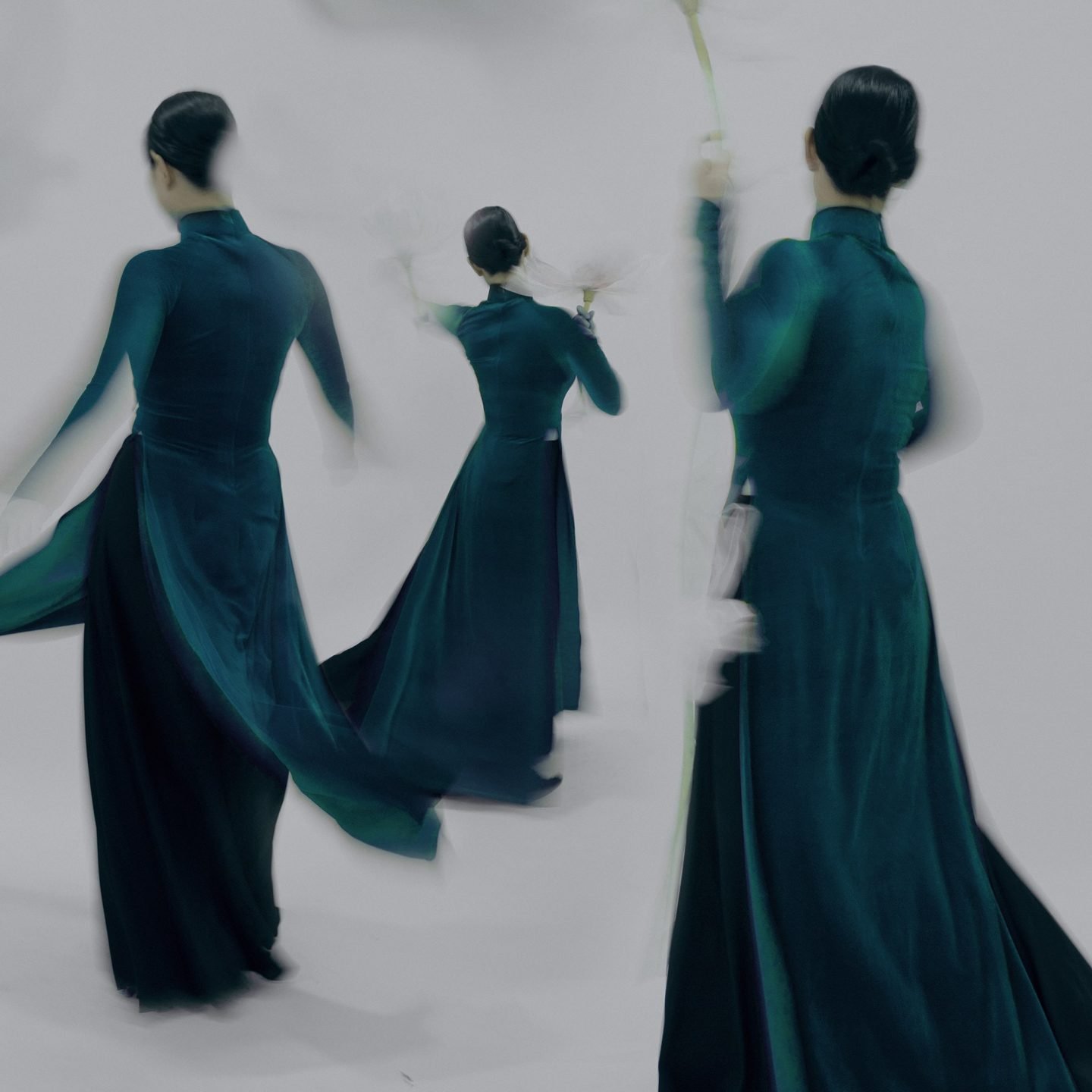
An Ode To Vietnam And Its Women: Chiron Duong On Its Photographic Project Portraits Of Áo Dài
- Name
- Chiron Duong
- Project
- Portraits of Áo Dài: Hope for Peace and Love
- Words
- Devid Gualandris
Vietnamese photographer Chiron Duong has shared with IGNANT his latest series ‘Portraits of Áo Dài: Hope for Peace and Love’—a collection of timeless images and elegantly crafted stories through which the artist hopes to put forward new ways of seeing and imagining Vietnam. Here, he explains more about the project and the intriguing messages concealed within it.
Chiron Duong was born and raised in the Vietnamese countryside in the late 90s. “People of my generation don’t have many career prospects there—we don’t have access to new art forms and simply lack material means,” he explains. However, that did not stop him from dreaming. Passionate about visual arts from a young age, Duong pursued his creative calling and moved to the city to attend Ho Chi Minh City University, where he graduated in landscape architecture. “That’s when I started to have access to new tools, including cameras. I used to save money and rent one whenever I wanted to take pictures. It was my way to relieve myself from the pressure of study and to fully express myself,” he shares.
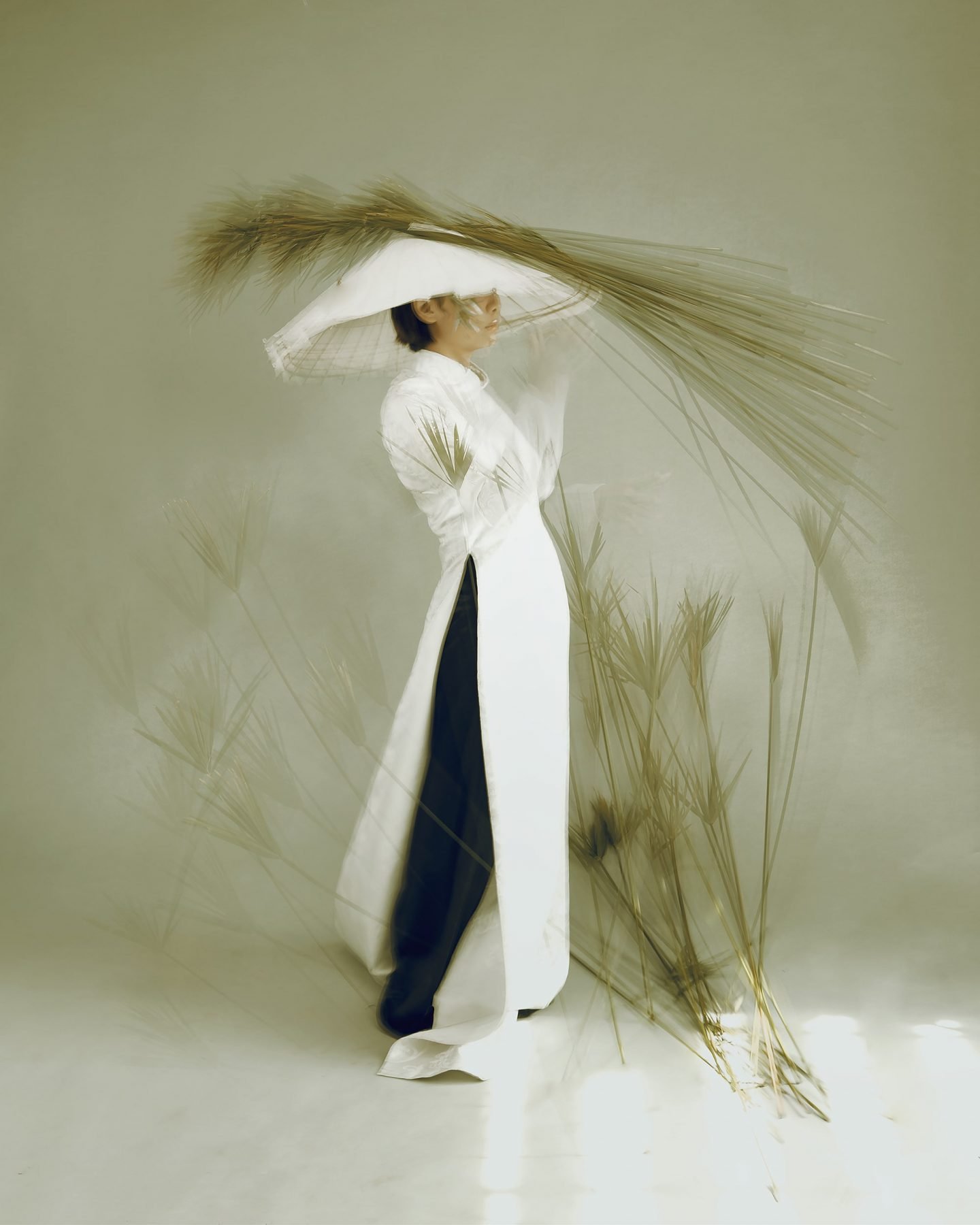
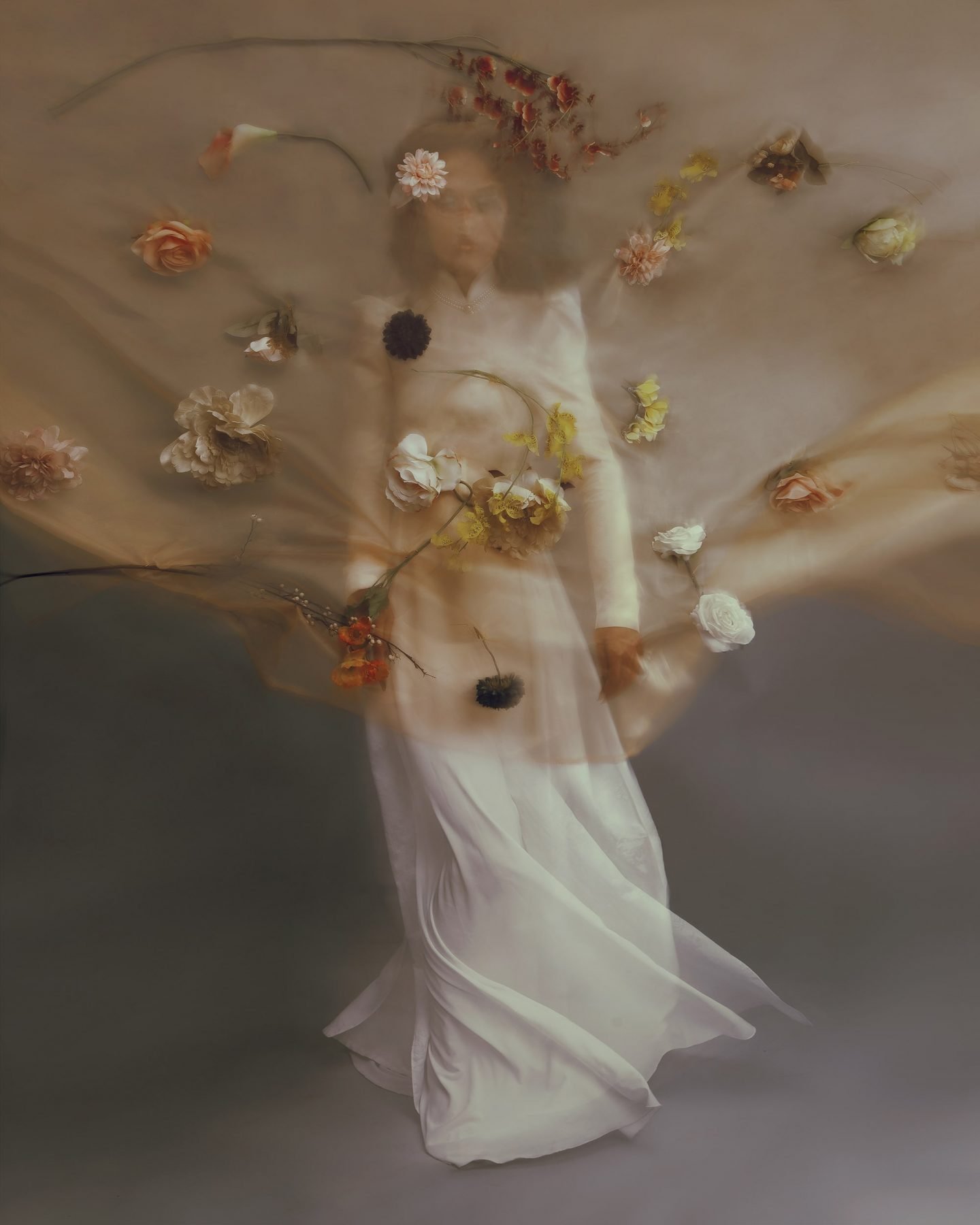
Western fashion shows first sparked his interest in photography. “When I was a teenager, many [of these shows] used to air on Vietnamese TV. I was captivated by the fashion shoots accompanying them. Later, whenever I rented cameras, I was eager to exhibit different fashion elements,” he explains. Slowly but surely, his involvement in photography stemmed beyond the simple amateurish approach. Then, after graduation, his experimentation turned into his primary profession. “Landscape architecture, however, has never left me,” he is quick to point out. “I always apply the landscape architect’s way of thinking to finding the subject and implementing a photography idea. Both endeavors require keen observation, contemplation, and judgment. The similarities are many and can be found in the concerns about colors, materials, lines, emotions, and spatial construction,” he adds.
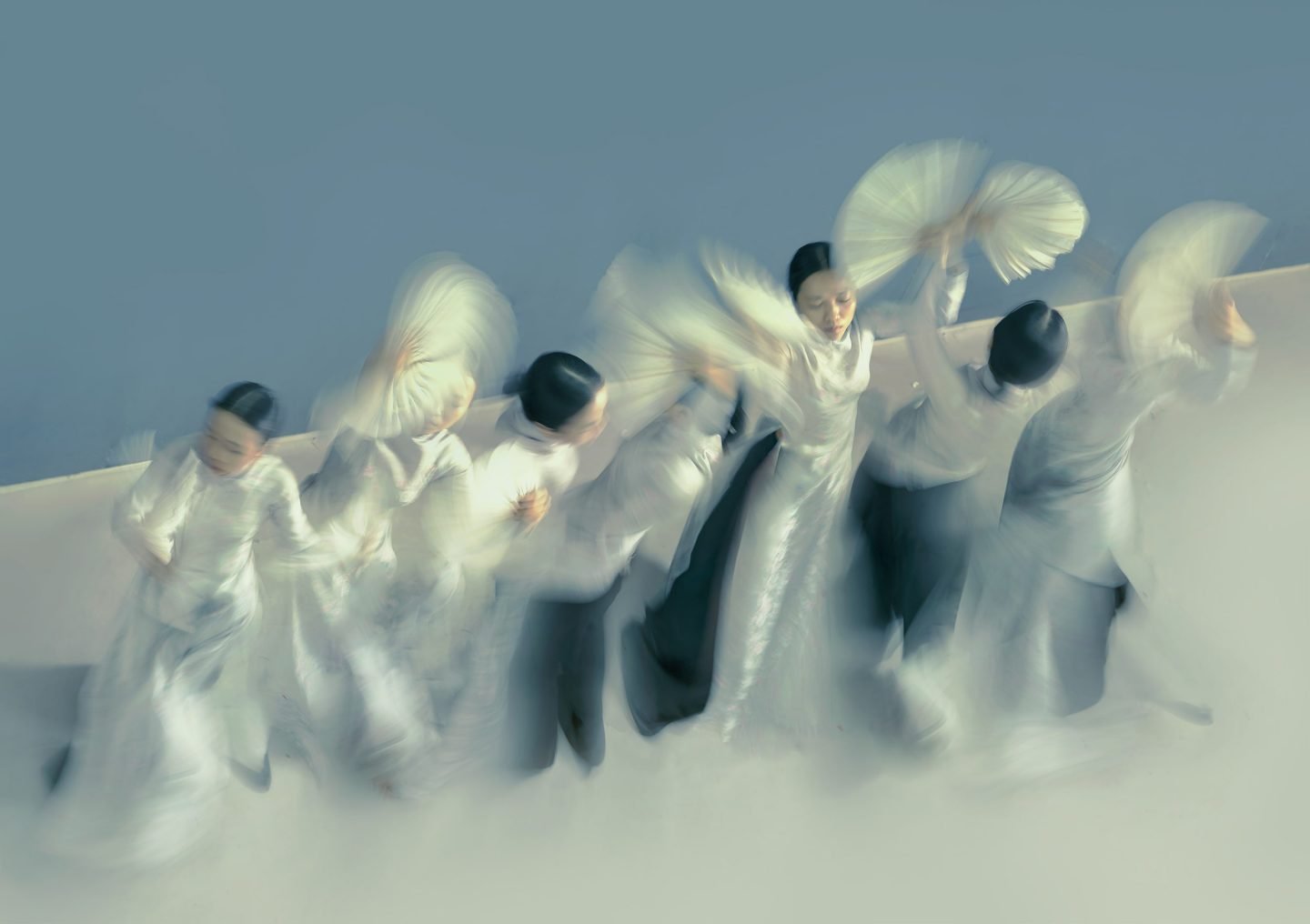
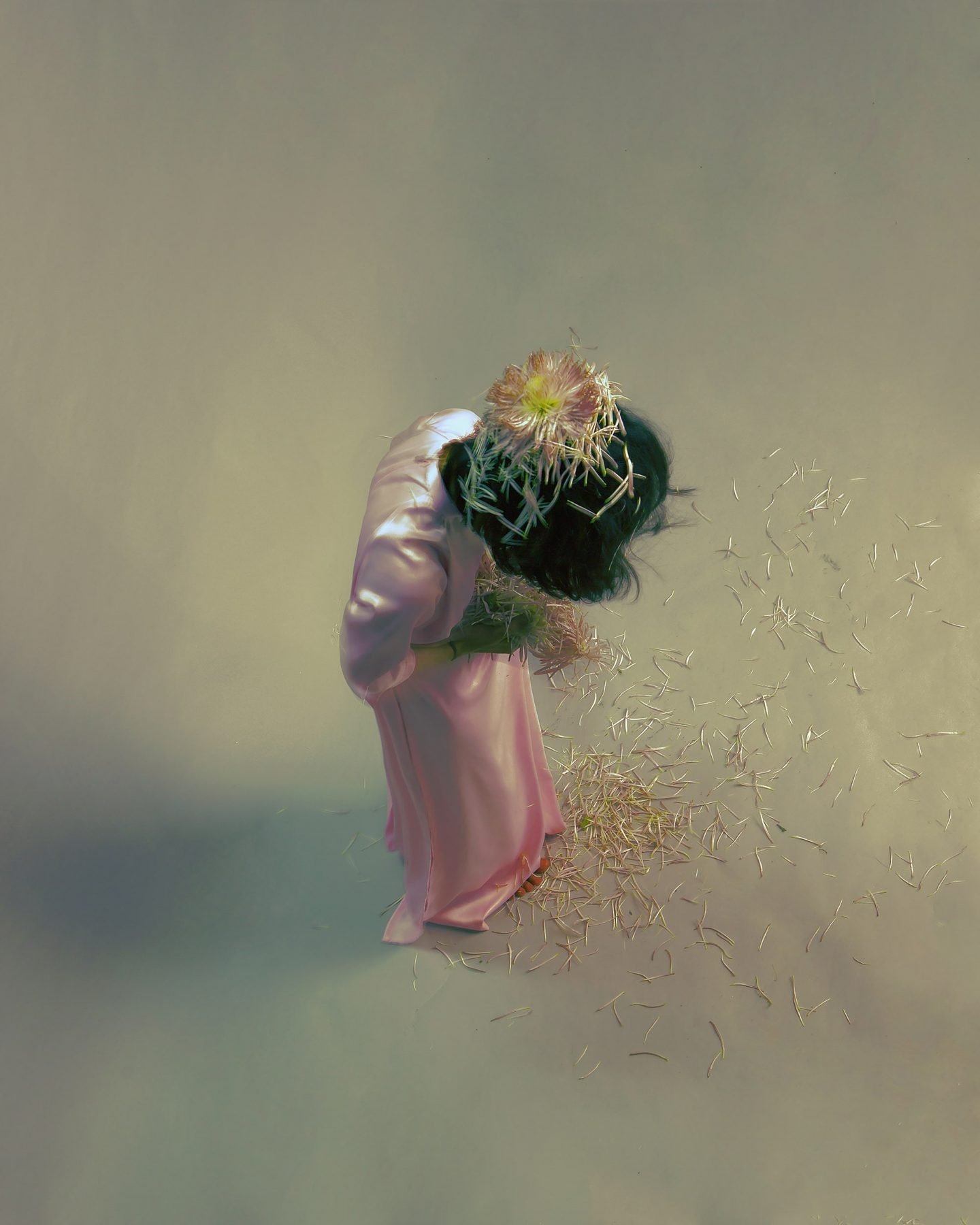
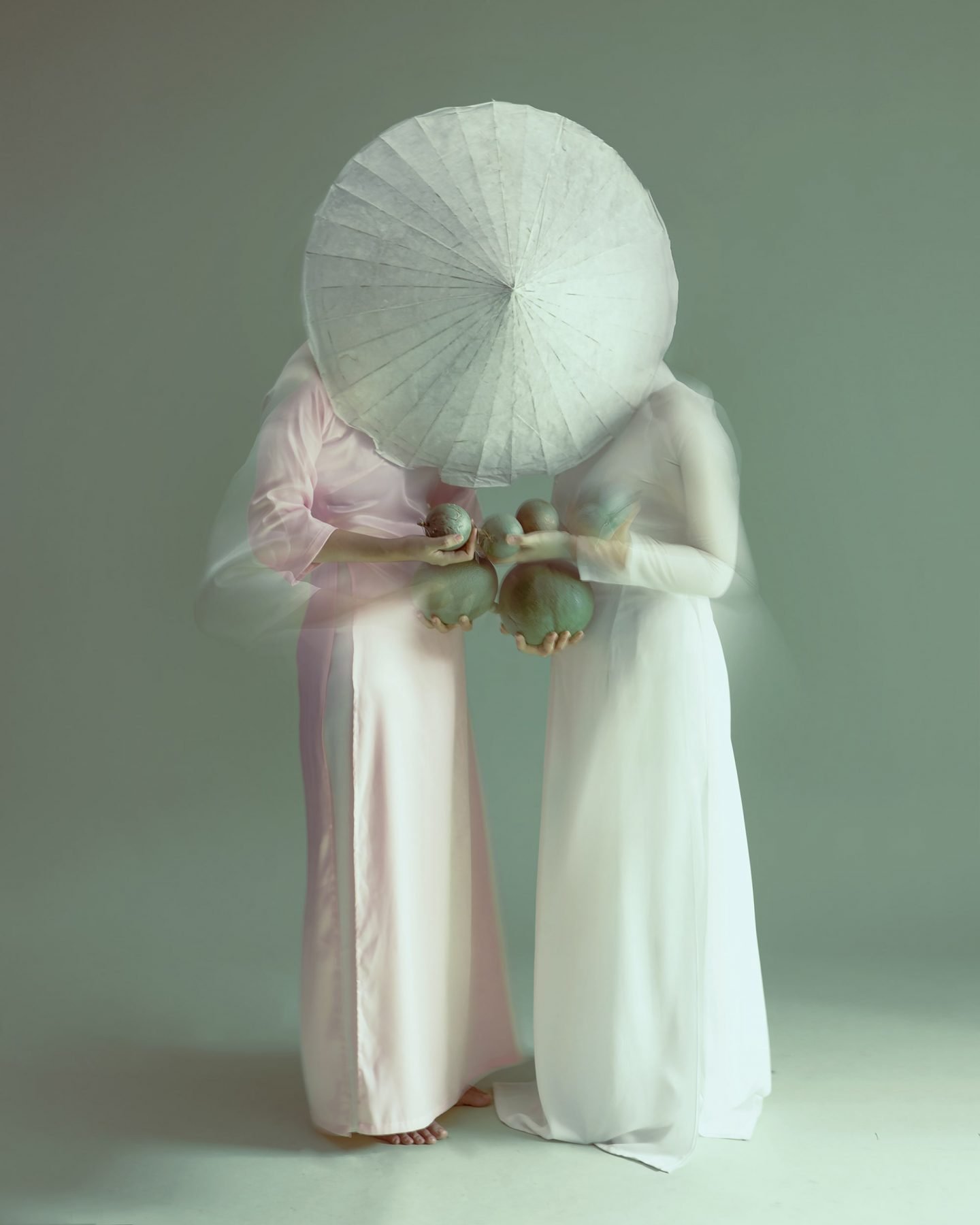
"I strive to convey the mysterious sentiments of Asian life, with its folklore and traditional beliefs"
Today, Duong’s fascination for runways has been replaced by an ever-growing interest in topics revolving around society and environment—which he exquisitely combines in his impeccable fine art and fashion photography. The artist finds his main inspirations in the culture of Vietnam and Asian cultures more broadly. “I’ve extensively explored these cultures and learned a lot from my research. The Asian color palettes are not only extremely vivid and uplifting, but they are also liberating, delightful, and contain so many stories,” he says. His aesthetic moves between the old and the new, achieving a modernity that is a mediated fusion of East and West. “I strive to convey the mysterious sentiments of Asian life, with its folklore and traditional beliefs. At the same time, I seek to offer viewers pictures whose colors, materials, emotions and technique manifest the interference of Eastern, especially Vietnamese, and Western culture,” he explains.
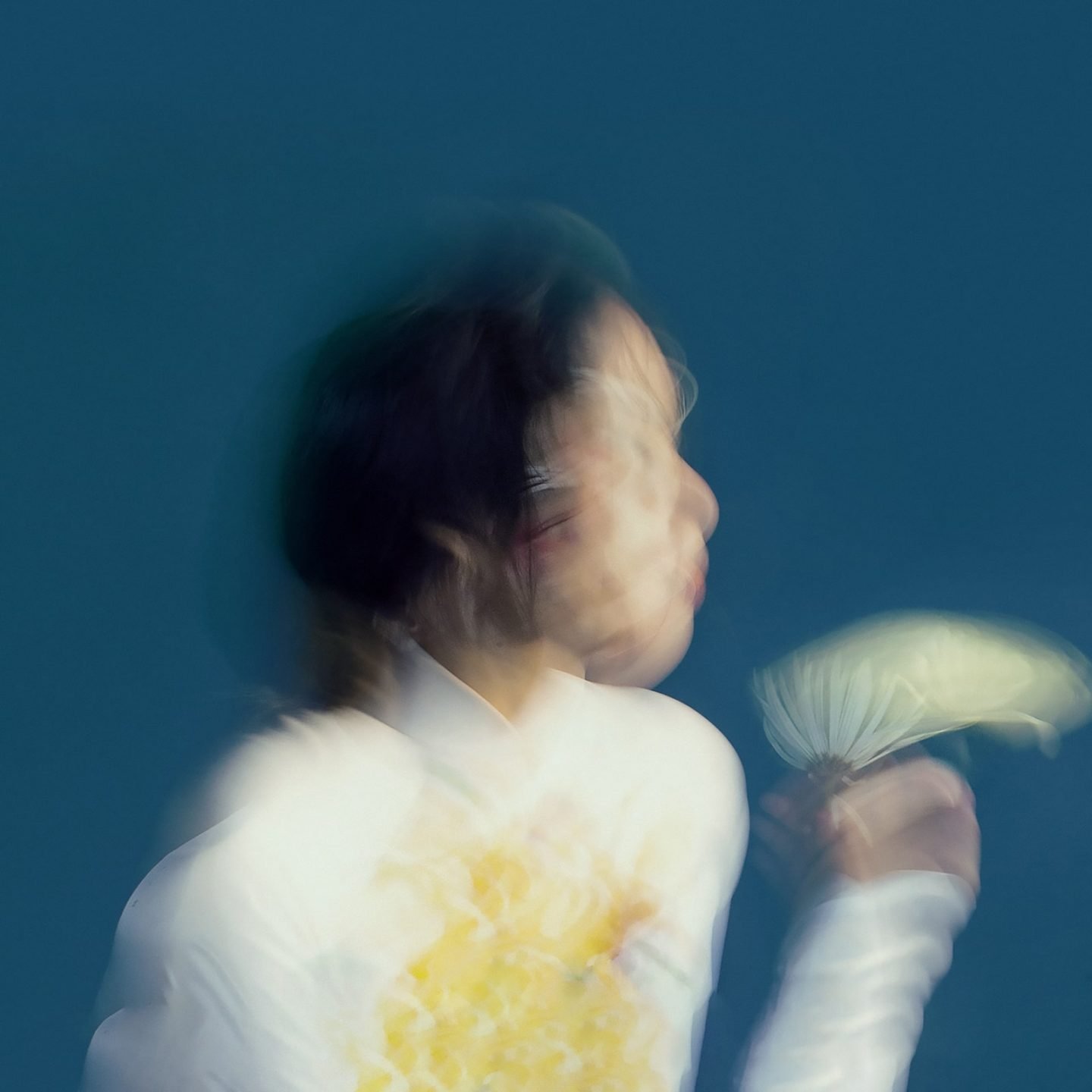
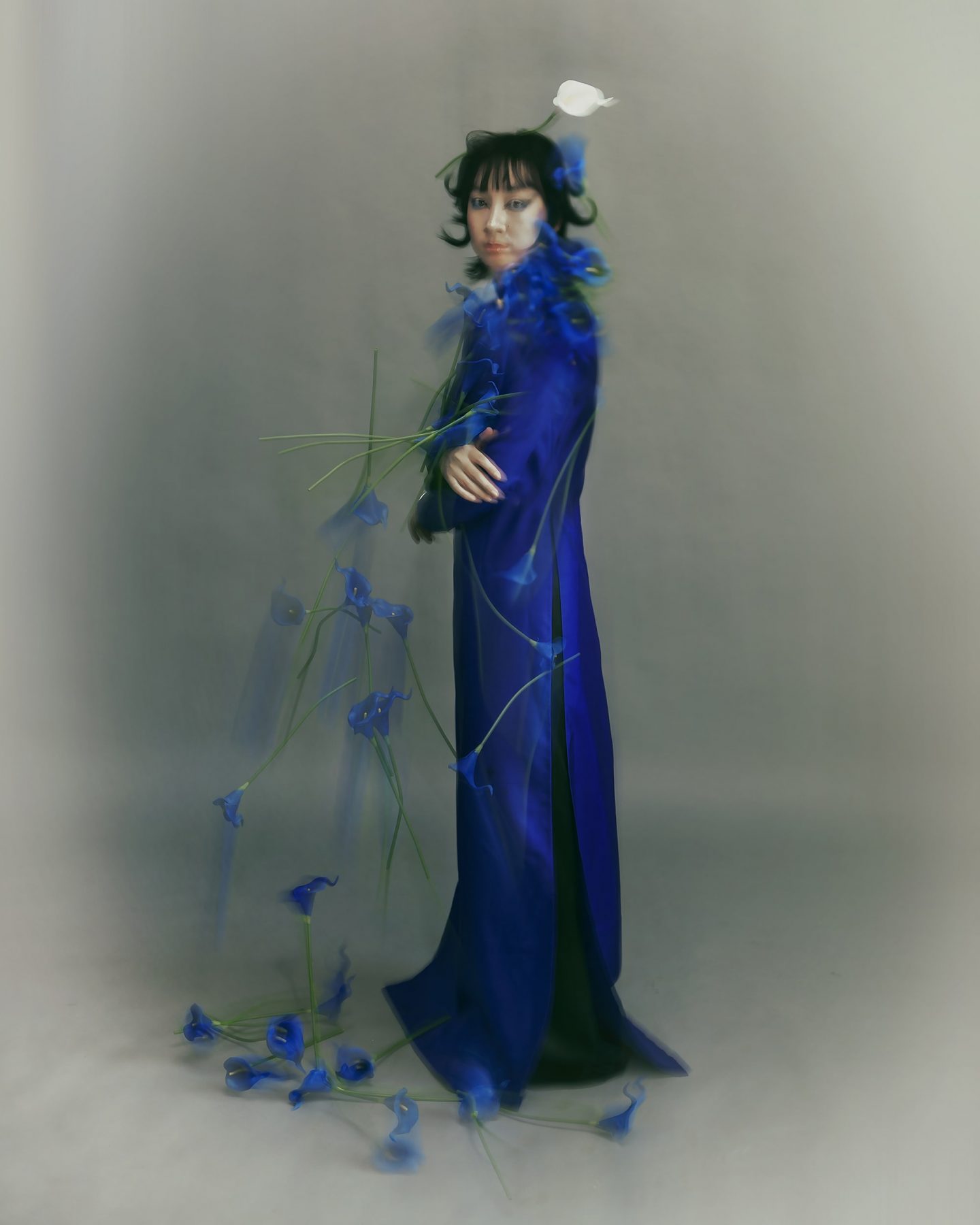
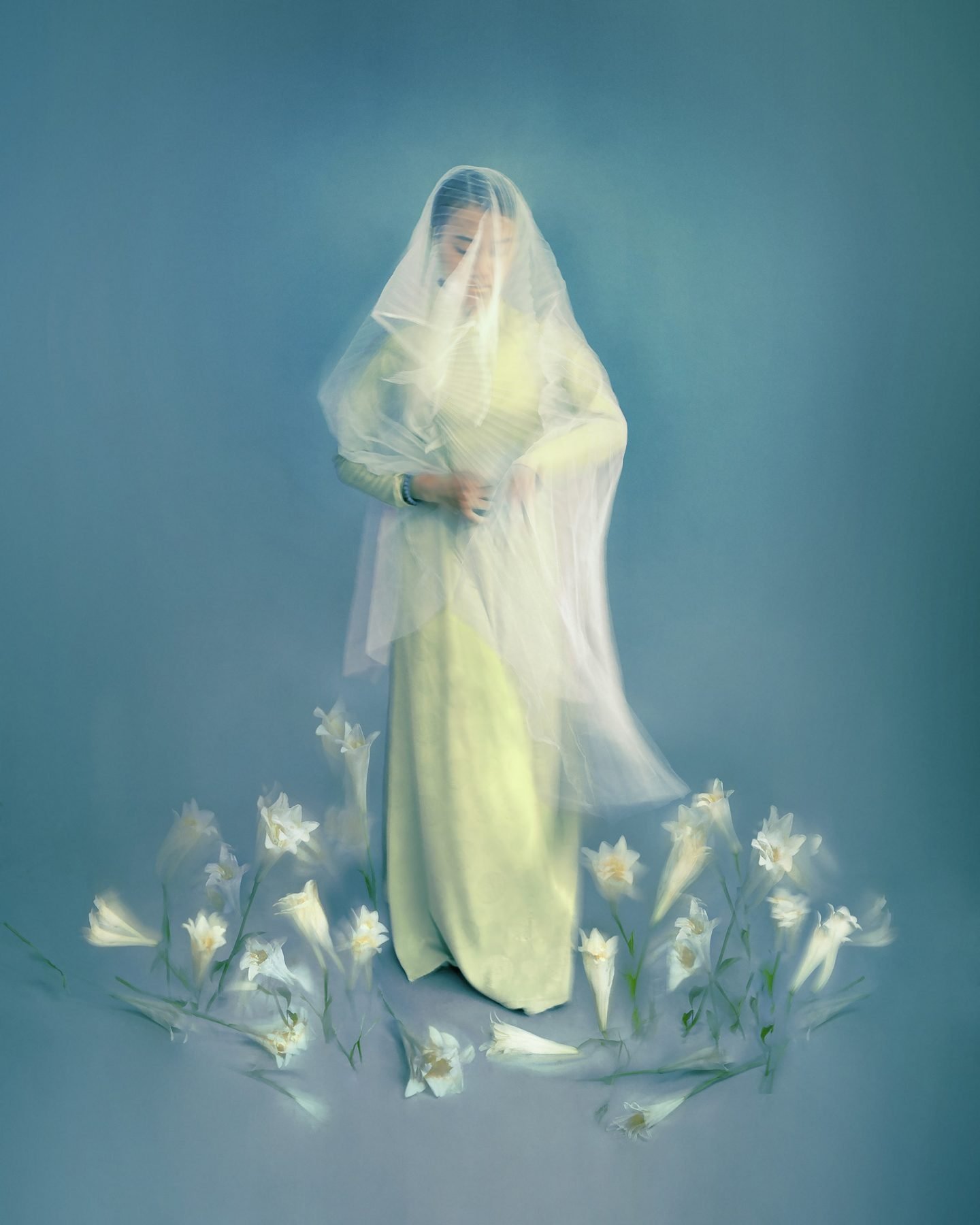
Duong’s Vietnamese cultural identity has always been at the center of his artistry; however, it took him time to acknowledge its full potential. “When I was awarded for my photography in France, an international journalist asked me something that has haunted me ever since, ’Does Vietnamese traditional culture influence your style?” he shares. “This question is what led me to this special project. It became an opportunity to look into who I am—a journey of appreciating my origin and showing my gratitude to it by bridging the gap between tradition and the modern world.” Duong is referring to ‘Portraits of Áo Dài’, the 365-day photography project he recently completed, in which the Vietnamese dress Áo Dài—the overarching theme—serves as an investigative tool for introspection, self-exploration, and meditation on a changed Vietnam.
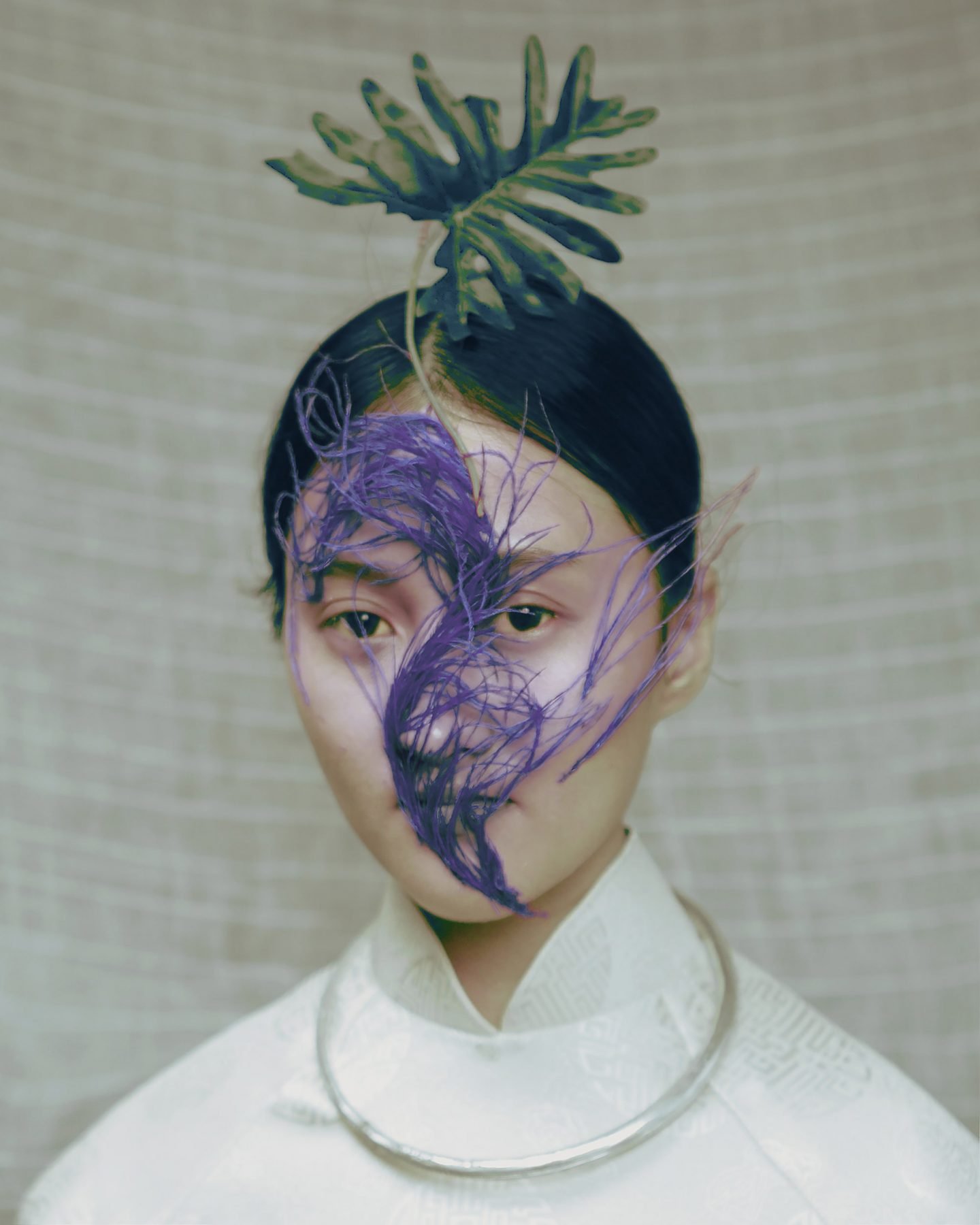
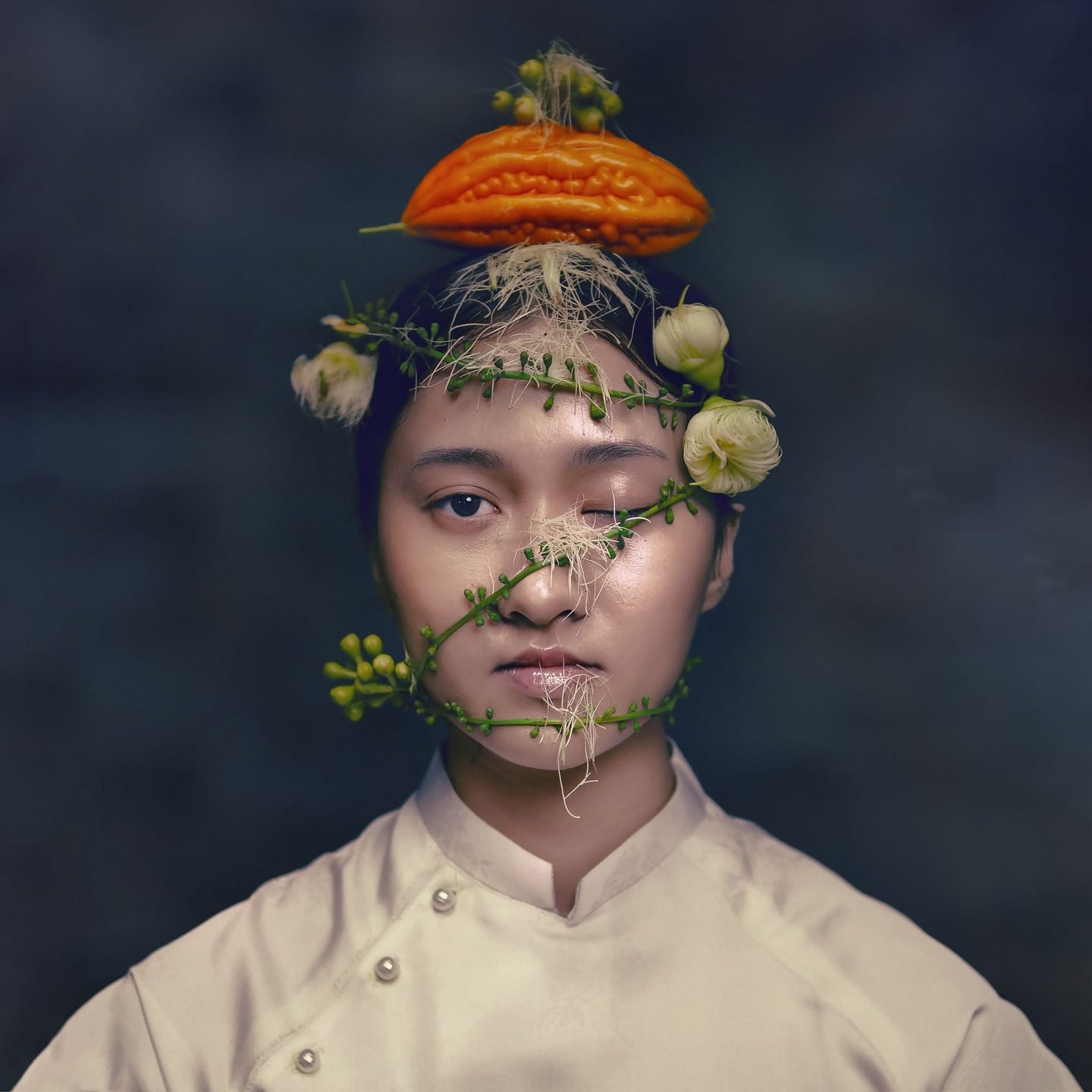
A long, split tunic worn over silk trousers, the Áo Dài is considered the traditional Vietnamese national garment and contains a long history soaked in culture and Vietnamese aesthetics. “Vietnamese women wear Áo Dài on many occasions, such as weddings, traditional holidays, and events. Or sometimes just because they feel like it,” explains Duong; “in one way or another, they all have fond memories of it.” For the project, the photographer looked inwards and infused his images with memories derived from his personal engagements with the item, as well as from those of people around him. “In this series, and with each conceptual shot, I want to tell different stories of Áo Dài,” he says. “Áo Dài in childhood memories, Áo Dài in Vietnamese arts and poetry, Áo Dài in the love for Vietnam, our motherland, Áo Dài in traditional, unique Vietnamese practices, Áo Dài in wartime as the hope for peace, and many more.” Rich in tone and excellently captured in their spontaneous compositions, the photographs showcase the disparate themes as different Vietnamese female subjects dress themselves with the garment. “I purposely asked my models to embody the characters and portray them in their own unique way so that the most genuine expressions would be captured,” he notes. “Whenever I look at the works, it amazes me how beautifully they narrate my story through their very own voices.”
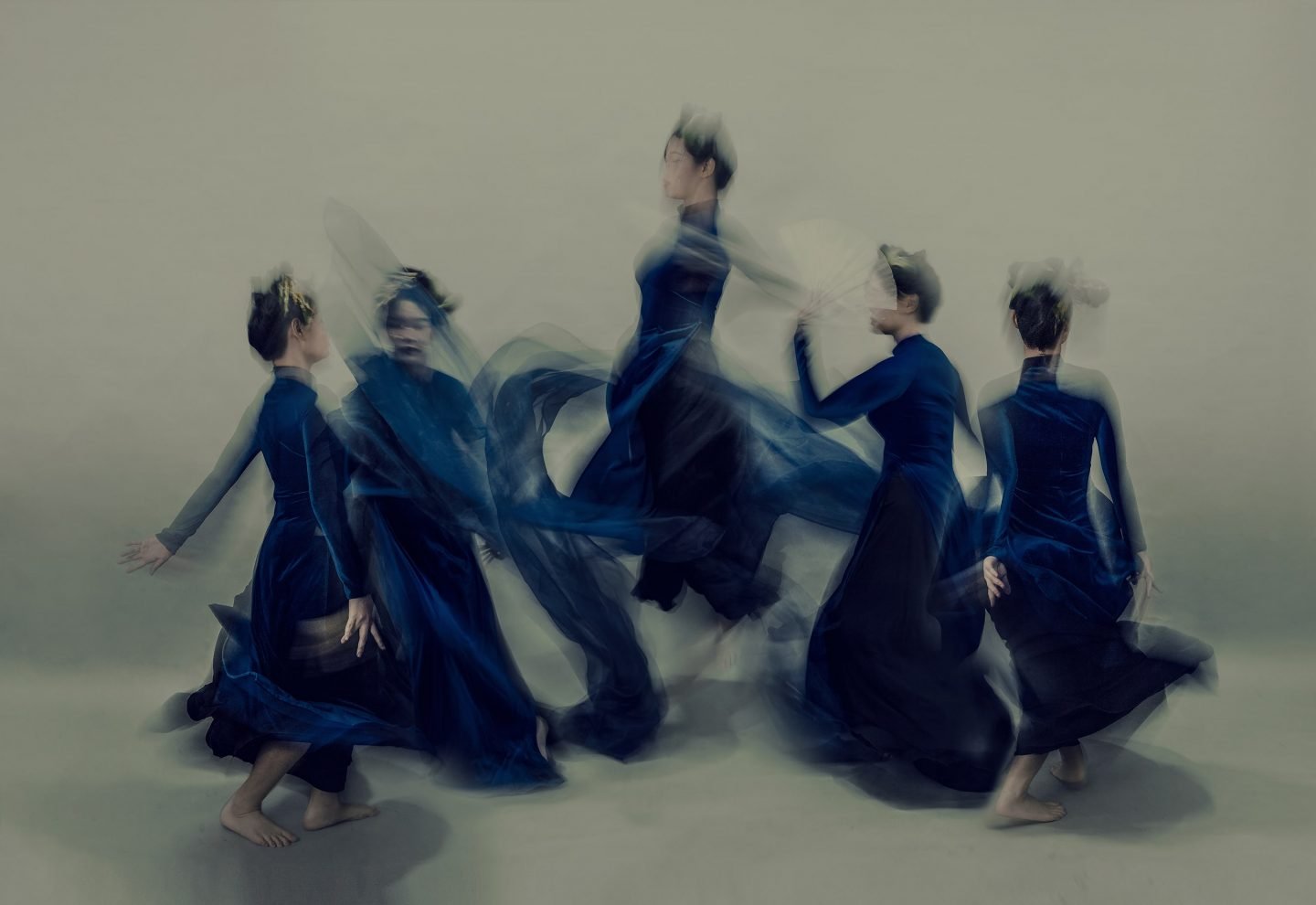
Endowed with sophistication and elegance, each frame offers a grasp of reality and a display of fine art photography in composition, style, and technique. “My photography style is associated with opposite emotions—softness and strength, optimism and melancholy, glory and withering,” says Duong. The series exhibits his conscious knowledge of the various contradictions and meanings embedded in it. A striking example is how Duong implemented flowers with diverse colors and textures in each shot in the pursuit of recalling a dream-like image of both blooming and withering. “From golden daisies—the most recurring ones—to other types, flowers become metaphors for how women were judged, subjugated and silenced across different periods of Vietnam’s history, but also as symbols of hope, joy, and happiness,” he explains. “Upon reflection, Áo Dài has always unconsciously influenced my photography style,” he continues. “As both an adjective and a noun, it represents the dichotomy between what are simple yet strong and seductive Vietnamese women.”
"Áo Dài represents the dichotomy between what are simple yet strong and seductive Vietnamese women"
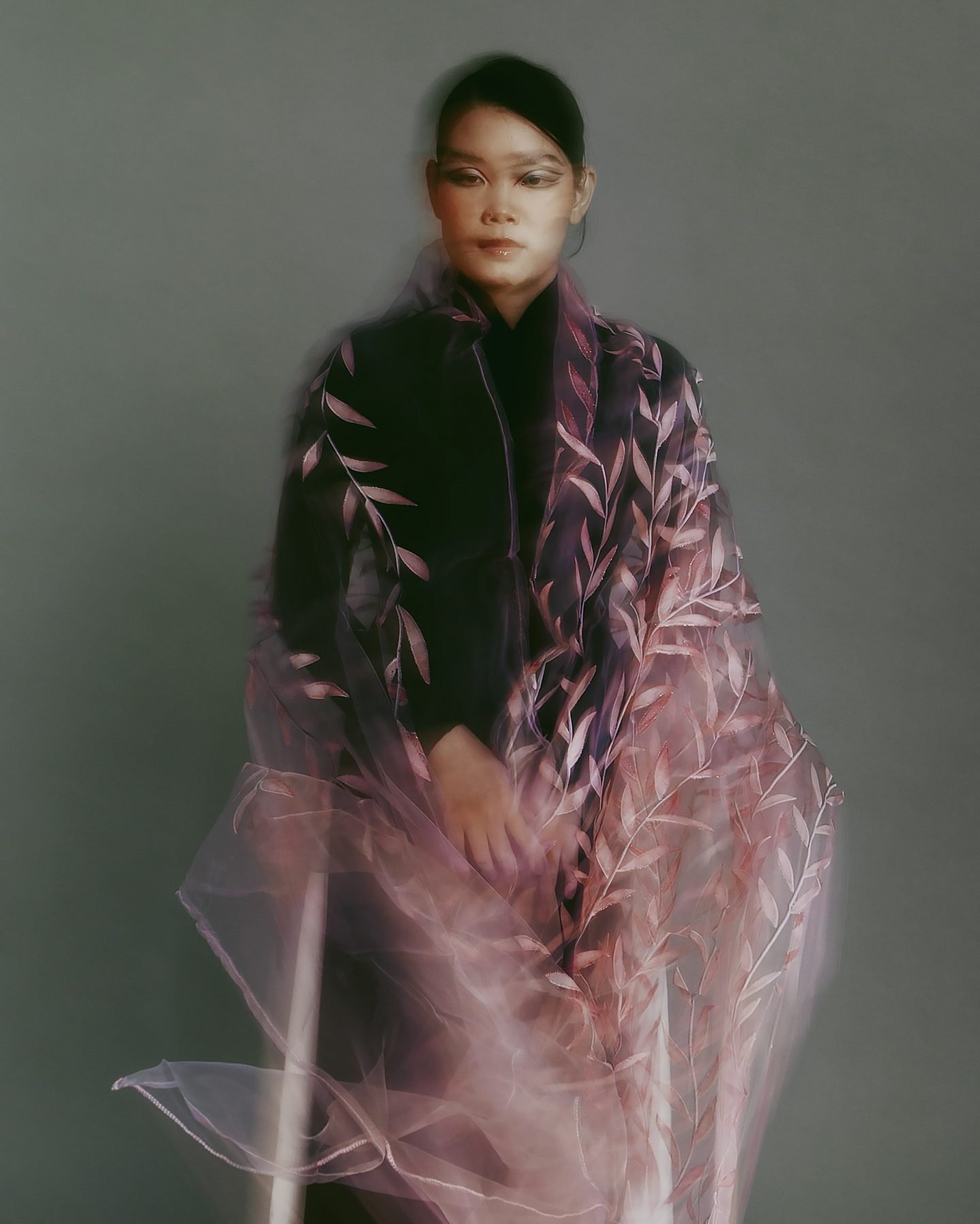
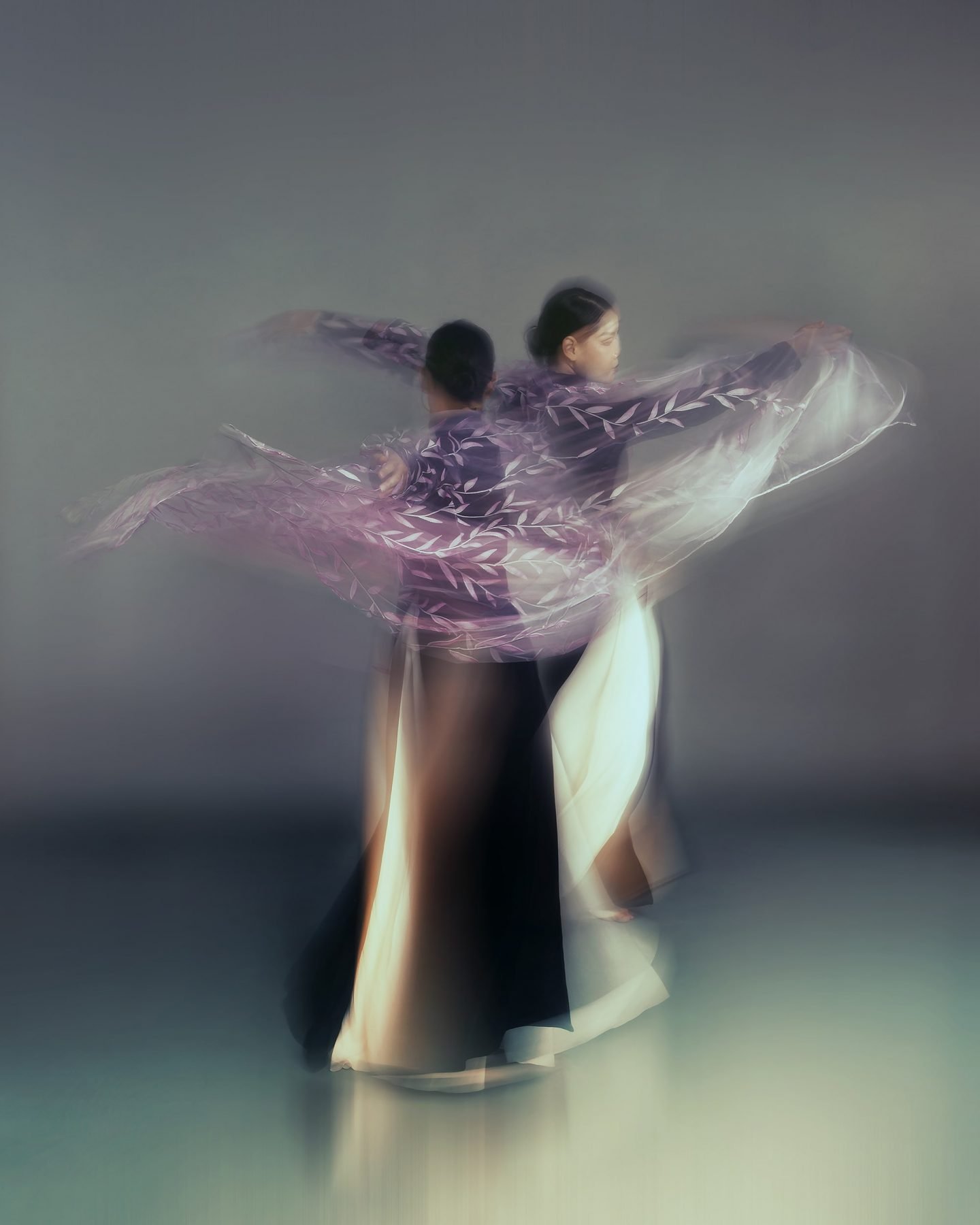
The photographer aimed for the project to be both objective and subjective. “I invited my friends, but also my mother and grandmother, to appear in the project. They are not fashion models and may not fit the beauty standards valid for Asian models—something strongly influenced by the Chinese and Korean ideal beauty criteria,” he shares. “Many of them had never stood in front of a camera lens before. Despite that, they all showed the gentle, benevolent, and elegant beauty reflected on the face and in the personalities of Vietnamese people.” The artist recalls being especially touched by seeing his grandmother and mother wearing Áo Dài—two women for whom he has great respect and admiration. “Getting ready, they would stand in front of the mirror, brushing their hair—all my childhood memories flashing back. These women have been through many ups and downs in life. With this project, I hope to expose their beauty, strength, and bravery,” he shares.
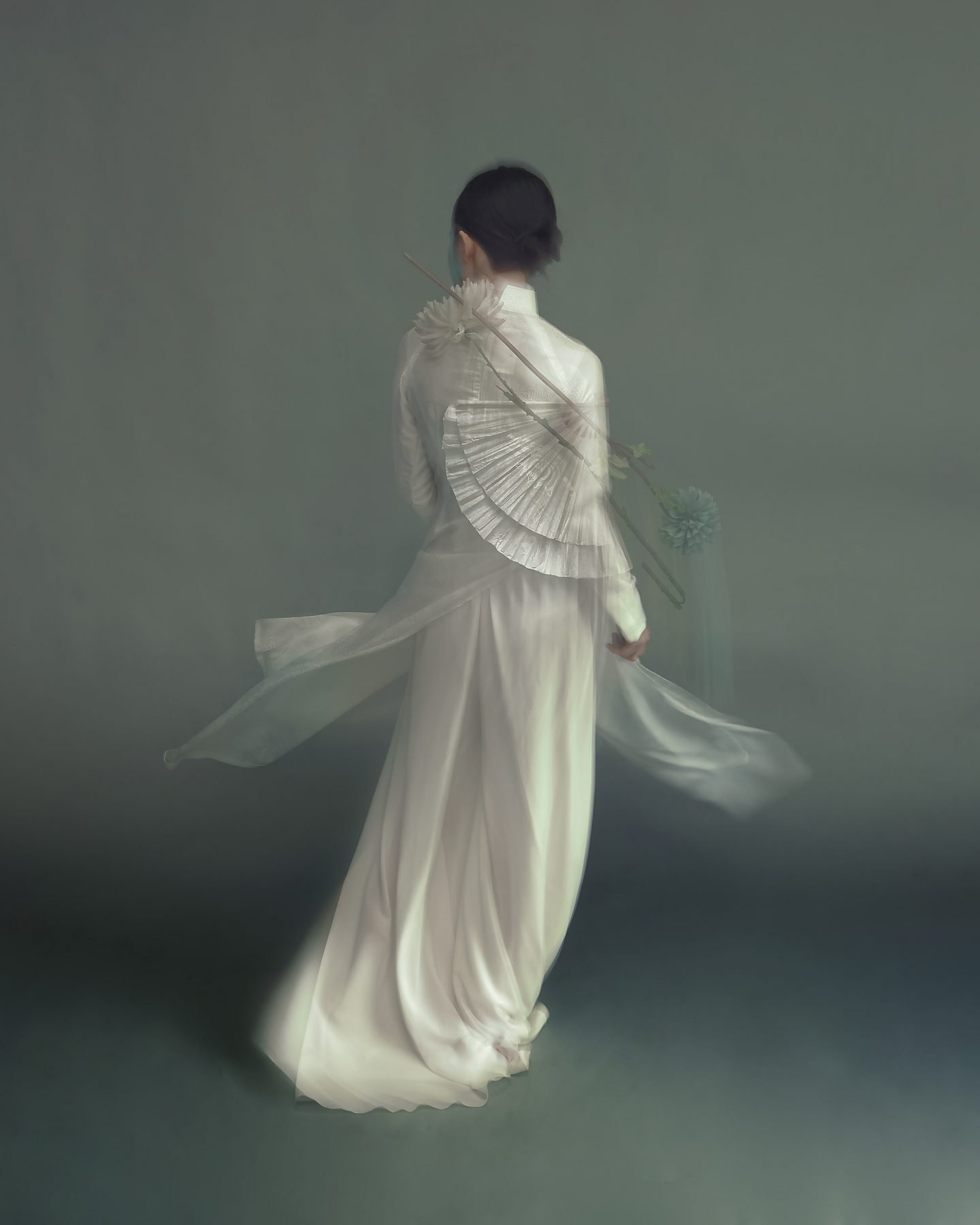
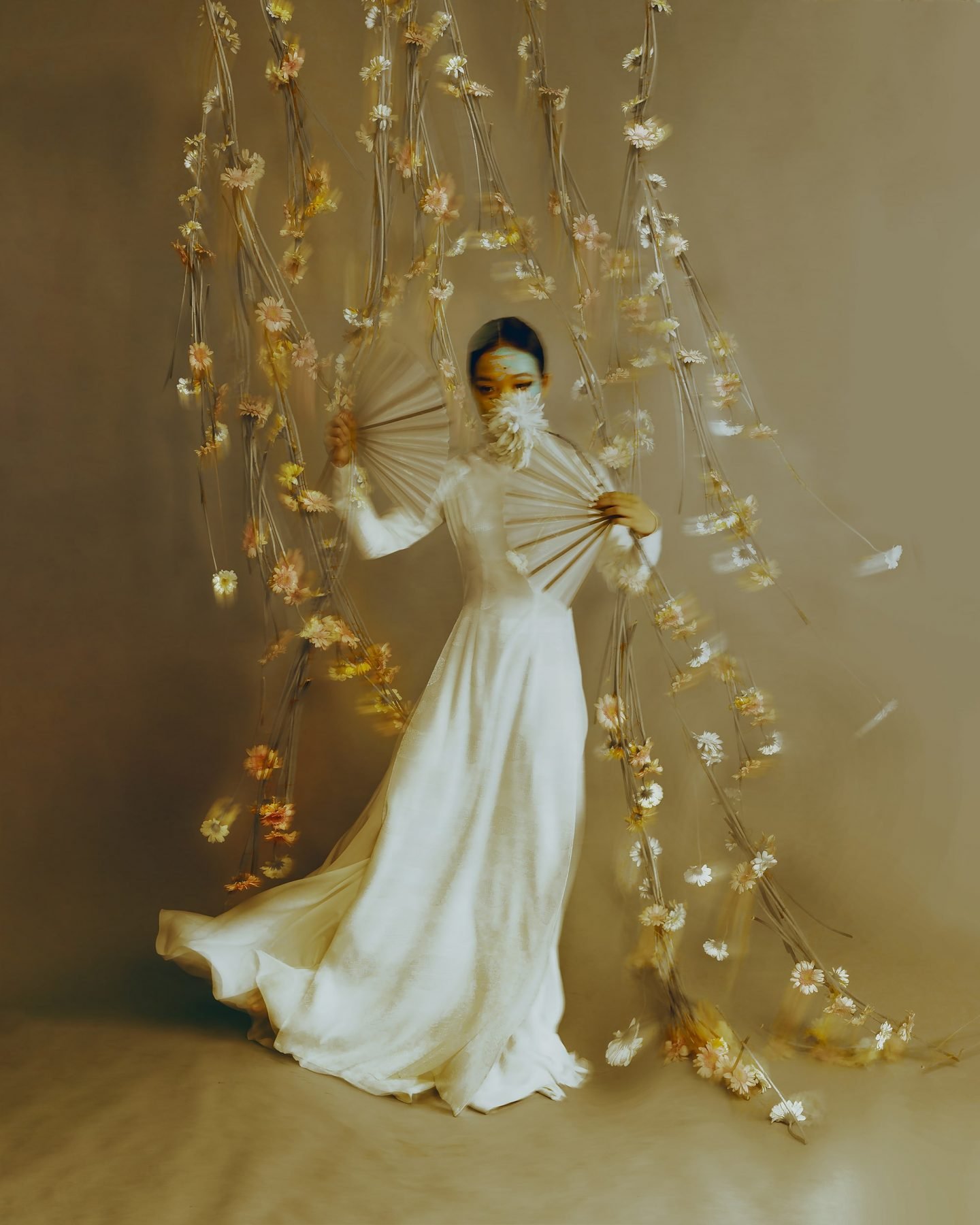
Evoking both a sense of agency and ownership of the body, the series challenges imposed values and the superficiality of today’s society. Embedded within the aesthetically refined work lurks a sharp social commentary. “The design Áo Dài has been culturally appropriated or wrongfully revamped too many times,” explains Duong. “I want its history of adaptation to be in sync with each particular era, ensuring its applicability and maintaining what is essential: its softness, grace, and elegance; all of which radiate the delicate bearing of its owner. These essential traits should be the framework for any creative touch on Áo Dài, the respectable symbol of Vietnam.” In ‘Portraits of Áo Dài: Hope for Peace and Love’, Duong does precisely that—he attempts to compile a personal history and individual response to the changes of Vietnam, presenting not only the cultural emblem to the world in new captivating ways, but using it as a symbol that stands for a metaphor of past, present, and future.
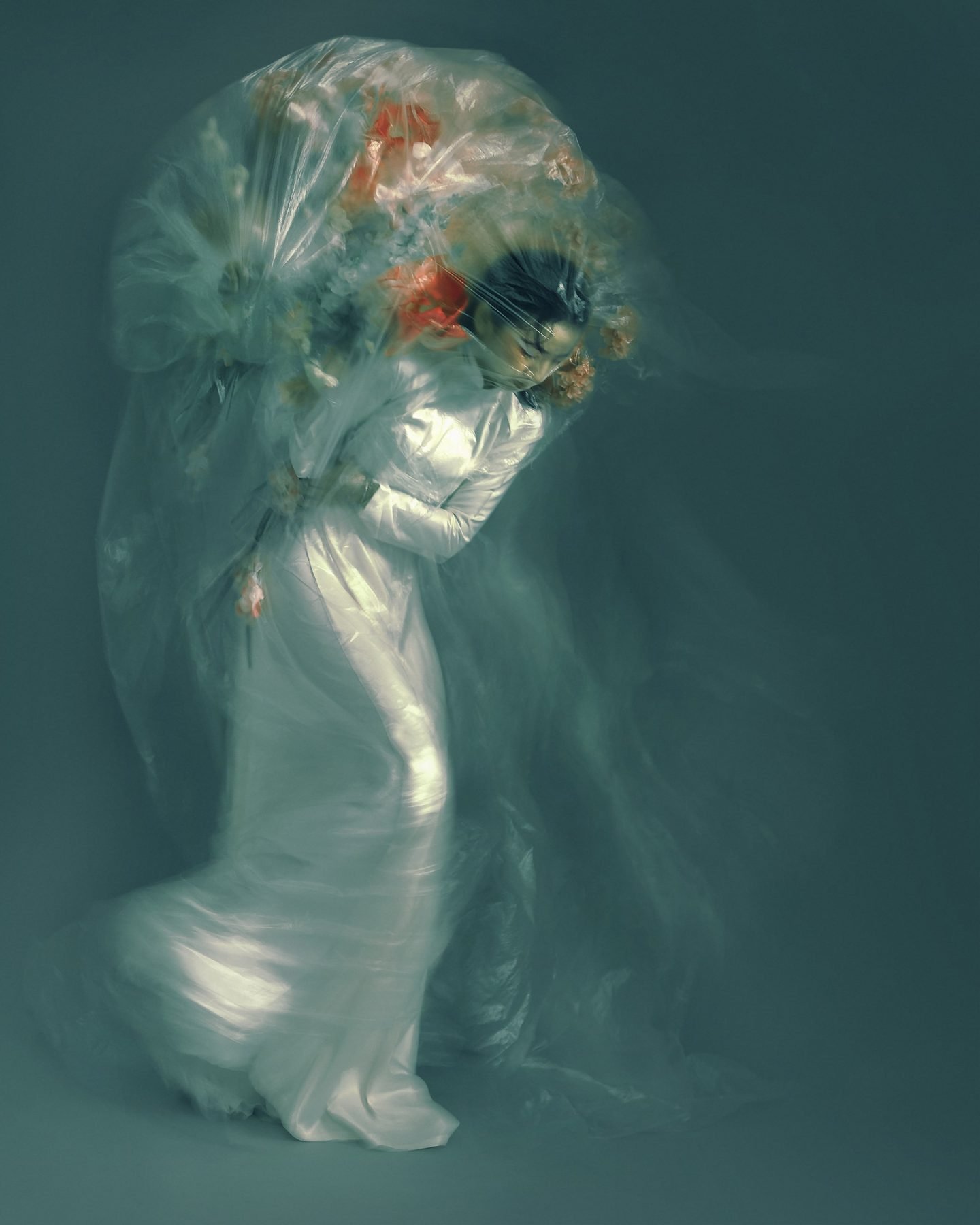
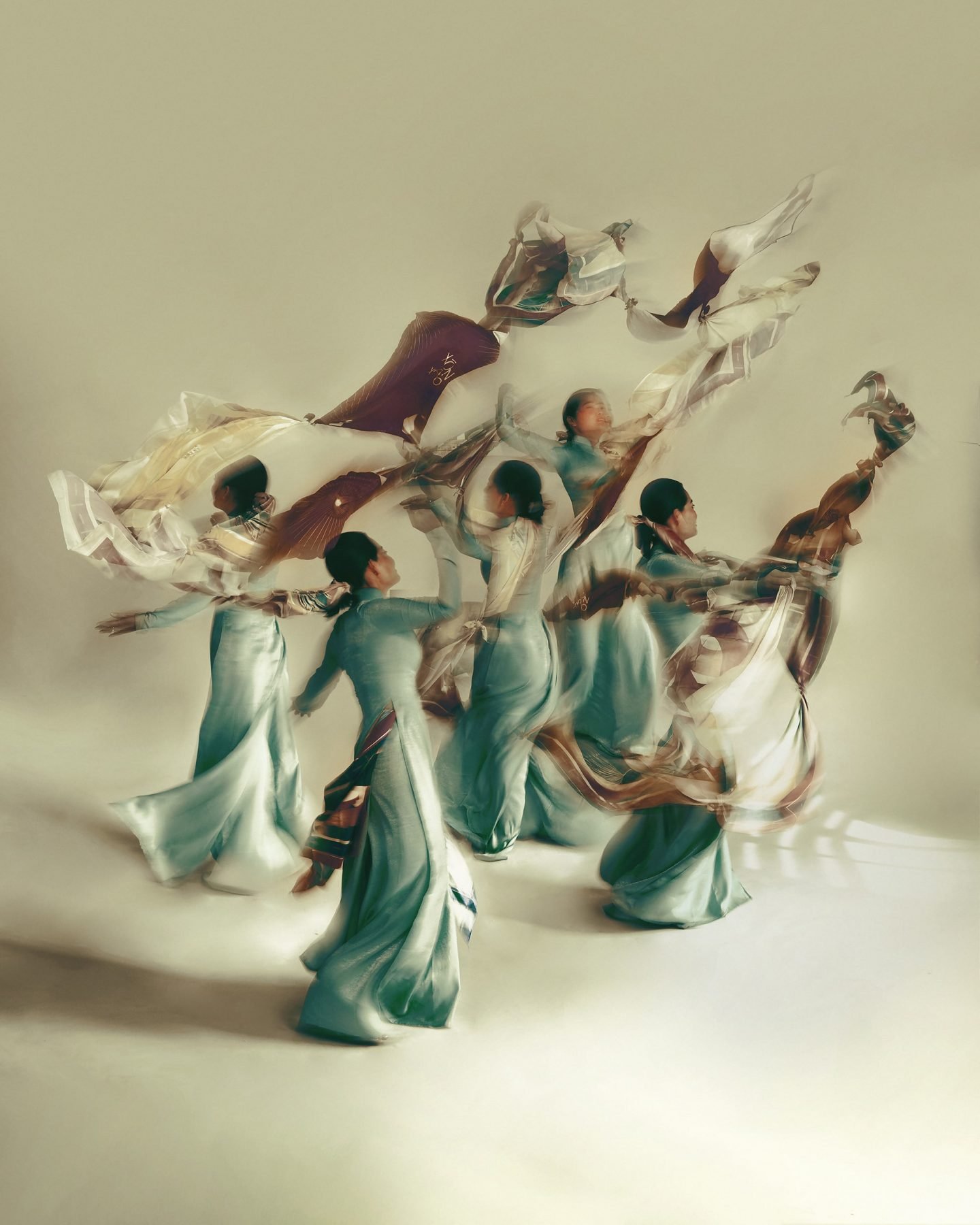
"I see the sacred significance of peace and love, and want to spread it to the world"
With the project, Duong hopes to build a cultural bridge that may redefine the relevance of Vietnam within the present-day and offer a fresh perspective on the country’s complexities—one that bridges the prewar, the war, and postwar, the traditional and the modern, the West and the East. “I wish to bring awareness to a prejudice that many generations of Vietnamese artists have already sought to erase: that Vietnam is all about wars,” he explains. Almost five decades after the conflict’s end and peace restoration, many still view Vietnam as a miserable country hindered by the shadows of its violent past. “Previous generations of artists have left behind unique artworks reflecting the traits of their time, but I am the young generation, born in a period of peace in the country. I’m witness to Vietnam’s development in so many different ways, and it is my duty to create, so as to let the world know how beautiful my country truly is,” he shares. Combining his pride and activism, his photographic series reflects precisely what its title announces: a message of faith and appreciation. “I see the sacred significance of peace and love, and want to spread it to the world,” he concludes.
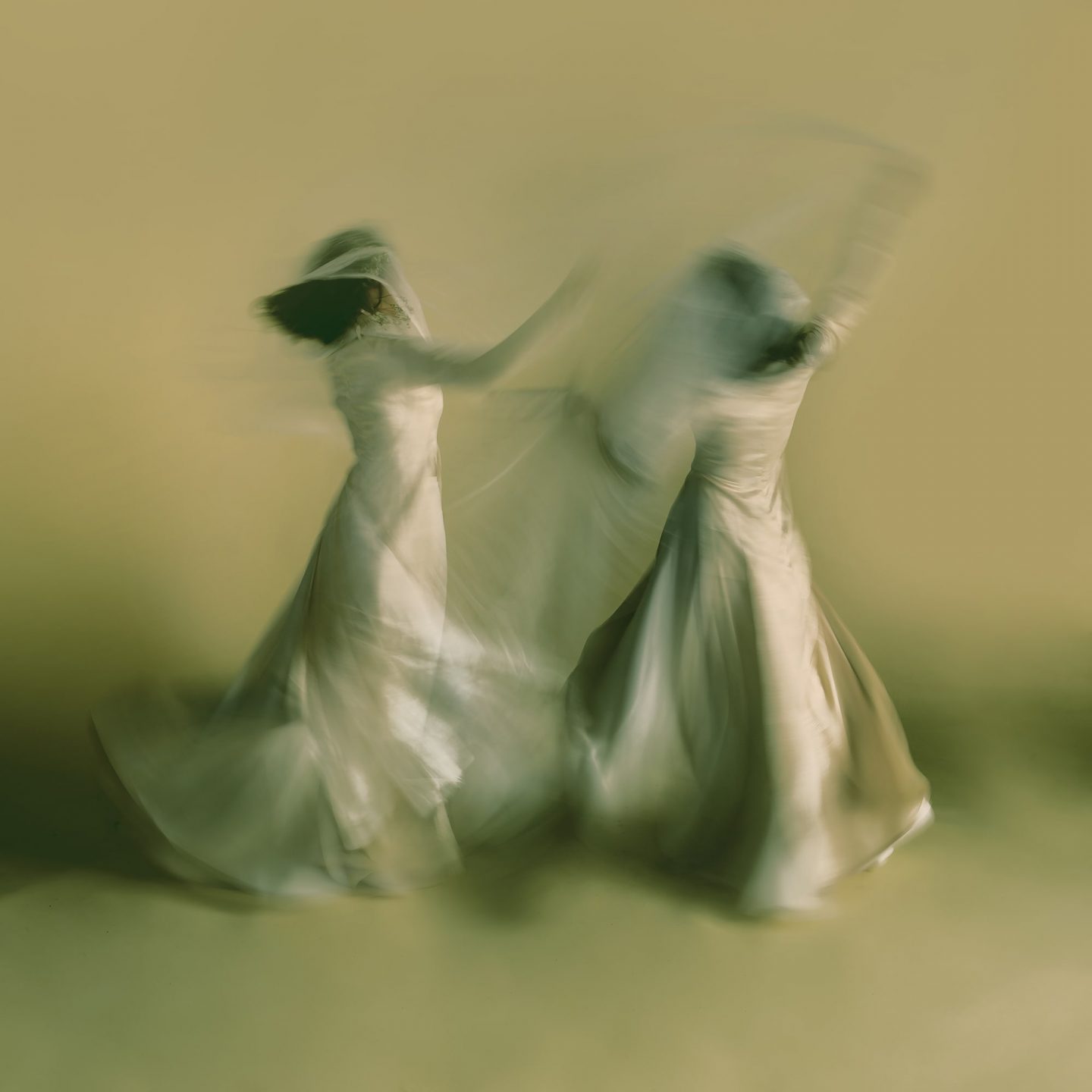
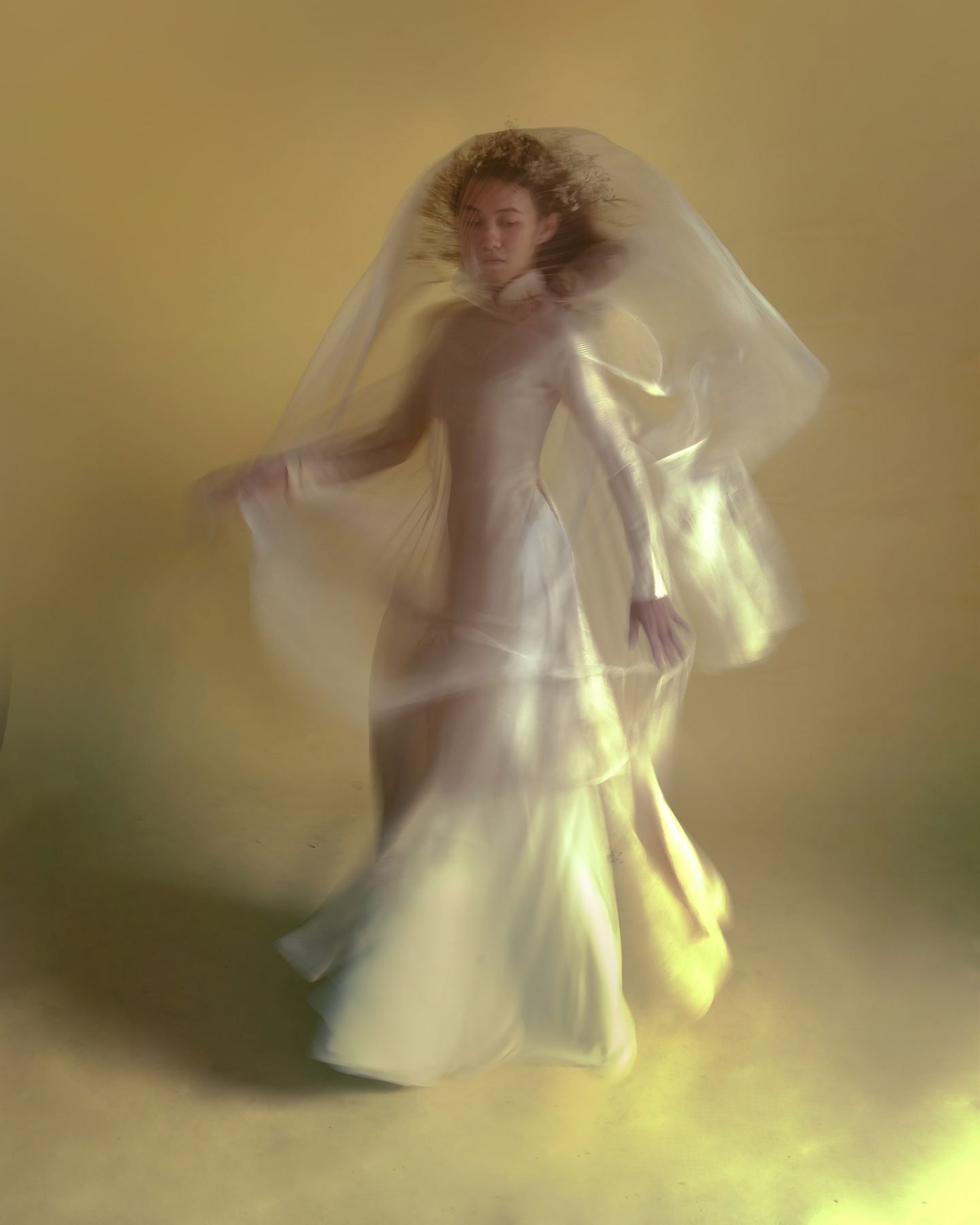
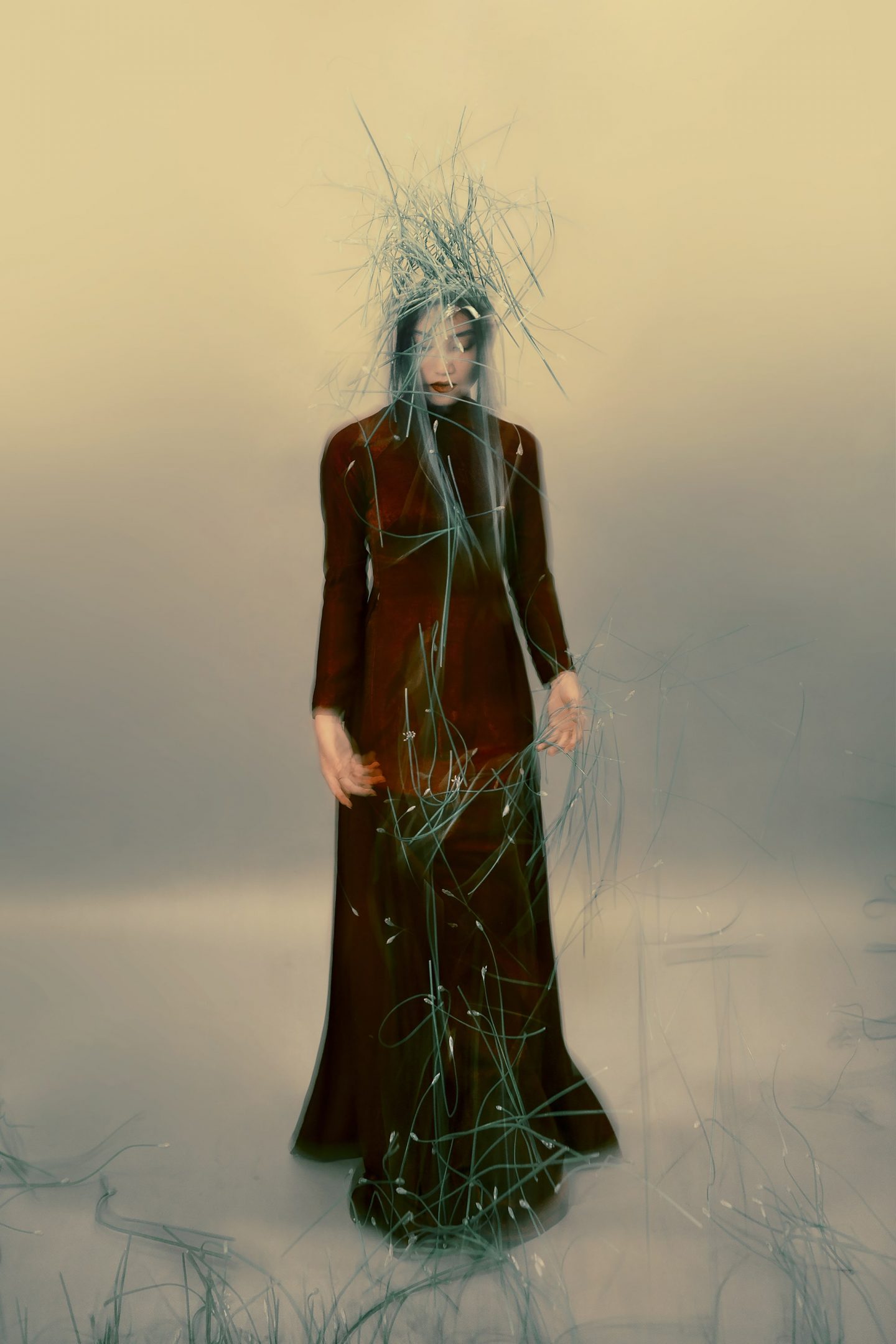
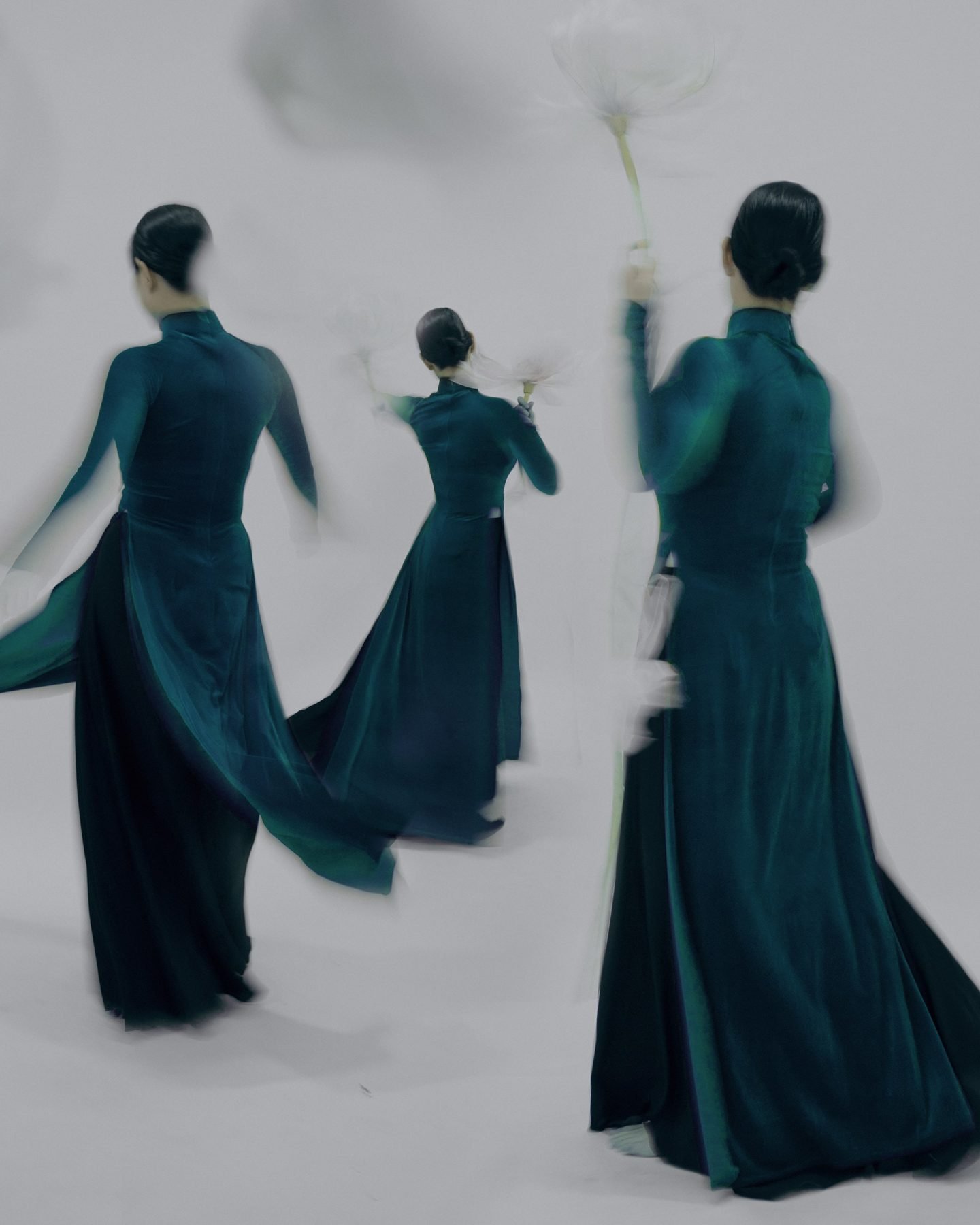
Images © Chiron Duong
